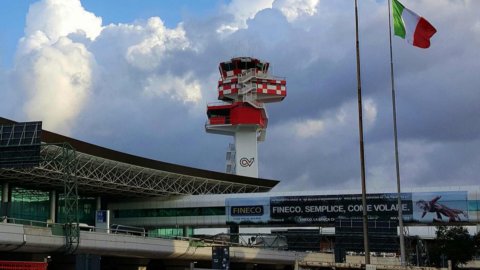ENAV has made the Data-Link Land-Air-Ground telecommunications system operational throughout Italian airspace, above 8.700 metres.
From today on the Area Control Centers from which ENAV manages en route aircraft, whether they are intended to fly over Italian airspace or departing from and/or arriving at a national airport, it is possible to guarantee the exchange of data (such as, for example, route, altitude, speed, heading authorizations) with a digital system that automatically sends all the information present on the air traffic controller console to a display in the aircraft cabin and vice versa.
Every year in Italian airspace there are about 30 million verbal exchanges between pilots and air traffic controllers and a large part of them will now be carried out electronically. This new communication technique will ensure greater intelligibility of messages and more fluid interaction between controller and pilot in order to maintain high levels of safety and operational performance even in the presence of constantly growing traffic volumes.
In Europe, 2017 closed with a 4% increase in traffic compared to 2016, with over 10 million flights. The forecasts for 2024 provided by Eurocontrol (the organization responsible for the European air network) show a constant annual growth in the number of flights which will reach 12,4 million movements. In Italy in 2017 ENAV managed 1,86 million flights.
"Among the technical/operational tools that the aeronautical world will implement to manage these traffic forecasts, the Data-Link represents, in the field of aeronautical telecommunications, the most revolutionary tool, which modifies a consolidated "modus operandi" with the aim of contributing to make air transport ever more efficient and, as it must be for every change that affects it, safer. The final implementation of this platform took place progressively and after major investments and around 10 years of experimentation with the relative training of the operating personnel. 19 data transceiver ground stations were built and new software was installed on all working positions of air traffic controllers.





